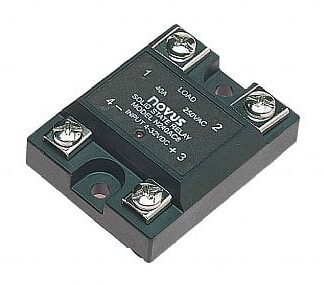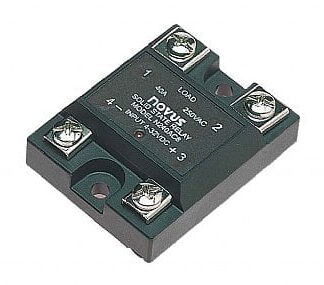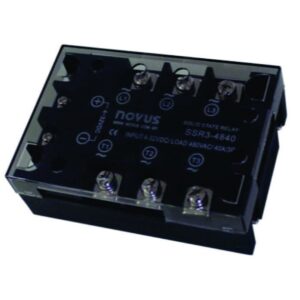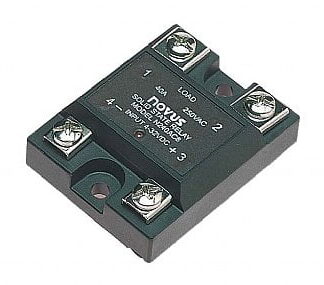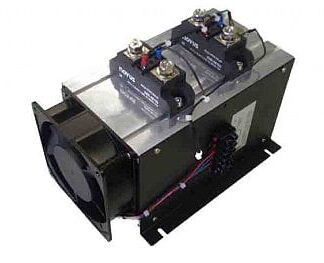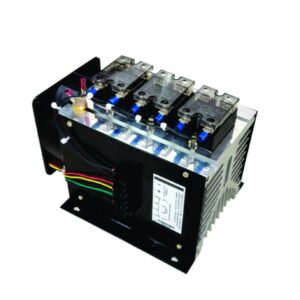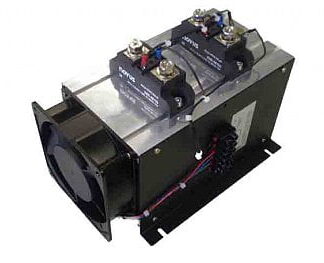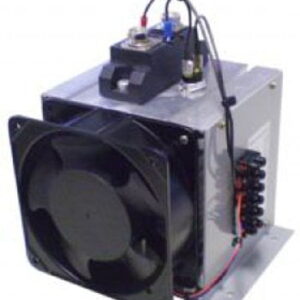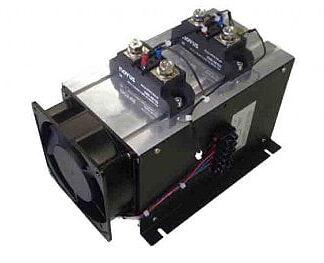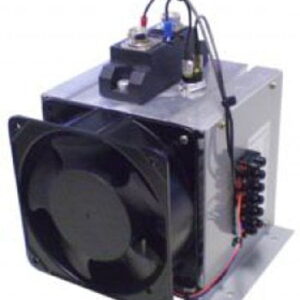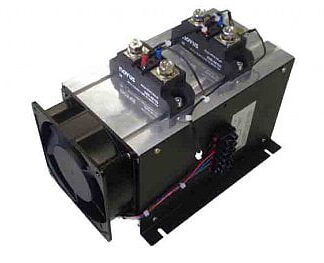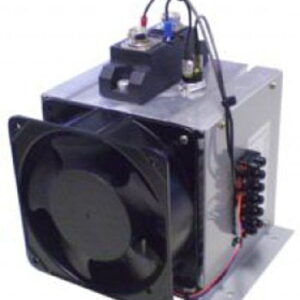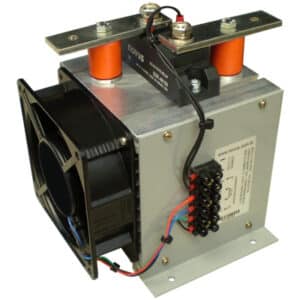Your Cart
- No products in the cart.
Subtotal:
$0.00
Other Popular Products
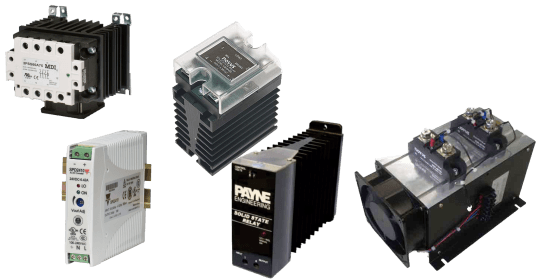
For decades, electromechanical relays (EMRs) have been the go-to choice for heavy-duty power switching. While these systems have their merits, there are specific applications where solid state relays (SSRs) are the better option. They are exceptionally reliable at switching a wide range of loads, including heaters, compressors, fans, motors and others.
So how does a solid state relay work? Unlike electromechanical relays, solid state relays don’t use coils, springs, or mechanical contacts. Instead, they use the optical and electrical properties of solid state semiconductors to perform switching functions and input-to-output isolation. The unique configuration and properties of solid state relays also provide the following advantages:
Solid state relays allow for high-speed, high-frequency switching operations that help deliver precision power modulation. Because they have no movable contacts, they produce no contact failure and generate little noise
Since SSRs don’t have moving parts, the only limitation to their life expectancy is whether they are used within their specifications or how well the heat dissipation is managed to minimize thermal gradients.
With SSRs, you won’t encounter sparking between contacts and problems with contact corrosion. Unlike their electromechanical counterparts, SSRs don’t produce arcing and switch bounces, resulting in enhanced electrical performance and a much longer life expectancy.
Much like EMRs, SSRs are also capable of withstanding extreme temperatures and dirty environments. They are resistant to vibration and shock.
Solid state relays deliver the high precision power modulation and smooth power output to the load that ensures your process stability. Typically used to replace mechanical contractors or mercury relays, dc solid state relays provide reliable and cost- effective power control.
Showing all 21 results
